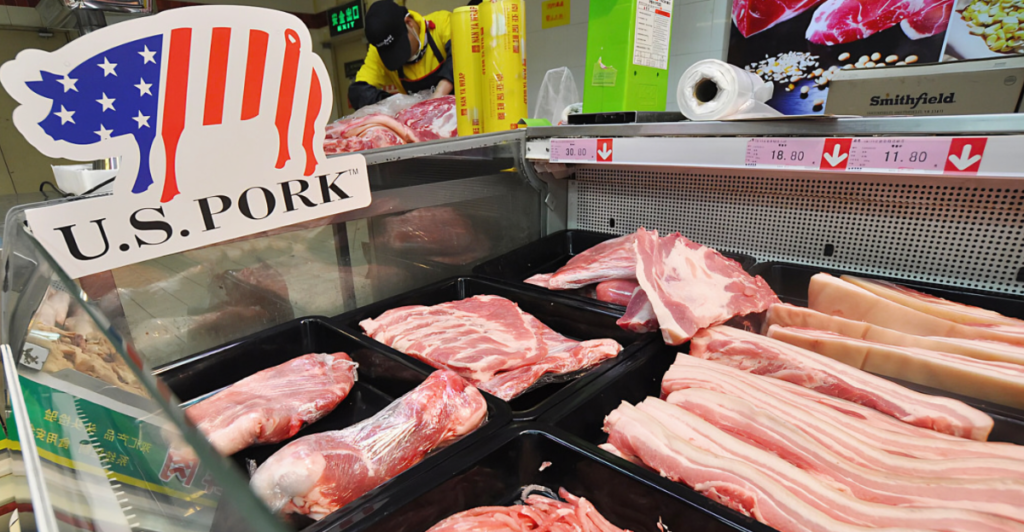
In April 2025, China surprised global markets by rejecting 12,000 tons of U.S. pork, a shipment valued at over $35 million. The pork, which had already been processed and shipped, was halted by a late-night directive from Chinese authorities. China did not give any official explanation for this decision. The move marked the largest pork import cancellation from the U.S. in years.
Industry experts suggested there could be underlying reasons behind the move, such as trade tensions or worries about food safety. The sudden decision had a major impact on American agriculture, raising questions about the stability of U.S.-China trade relations and what this might mean for future agricultural exports and global supply chains.
The Strategic Timing
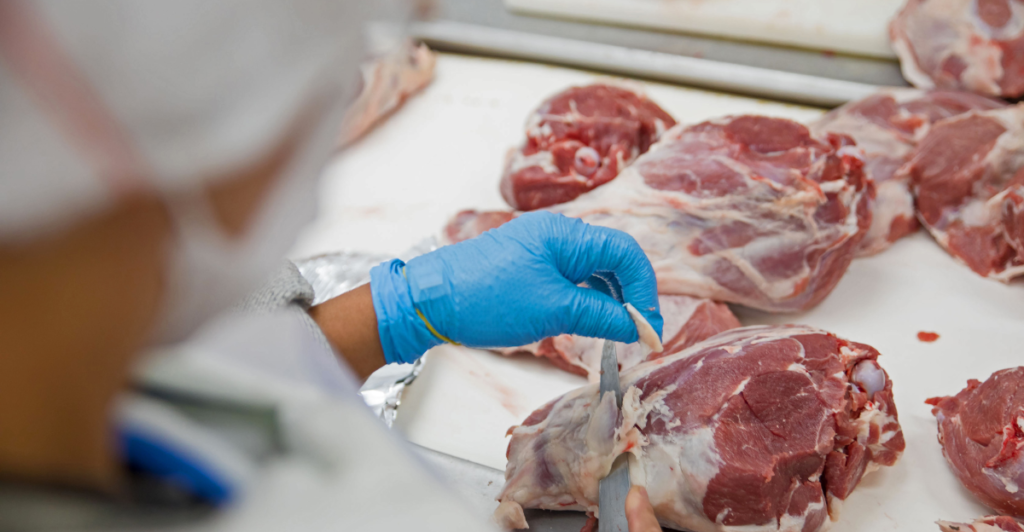
This decision came just weeks after the U.S. slapped steep tariffs on Chinese pork, citing unfair subsidies and health risks. Although Chinese officials denied any connection, the timing was too precise to ignore. Many analysts interpreted the decision as a strategic move designed to demonstrate China’s power in global markets without resorting to open confrontation.
By quietly canceling the high-profile shipment, China sent a clear message to Washington. This move allowed China to test the international response and measure other pork suppliers’ willingness to step in, all while keeping diplomatic tensions relatively contained.
Precision Decoupling

Experts described China’s action as a form of “precision decoupling,” a focused tactic aimed at reducing dependence on U.S. agricultural imports without triggering a full-blown trade war. By targeting specific imports rather than imposing tariffs or bans, China applies pressure on U.S. exporters while avoiding significant disruption to its own economy.
Trade analysts have revealed that China’s massive market gives it leverage to pick and choose suppliers, favoring those who align with its interests. The rejection warned other industries that China can and will shift its buying power when it suits its strategic goals, making diversification crucial for any nation reliant on Chinese demand.
Immediate Economic Fallout

The sudden decision left U.S. pork producers scrambling. Suddenly, nearly 26 million pounds of pork, which is the equivalent of 110,000 hogs, was forced into the U.S. domestic market, reducing prices significantly. Major pork-producing states such as Iowa, North Carolina, and Minnesota were hit hard, suffering substantial economic setbacks because they relied on exports.
Processing plants reported layoffs while share prices for big meat companies like Tyson Foods and Hormel dropped significantly. The National Pork Producers Council described the situation as a “market shock” and warned that ongoing instability in export markets could force smaller farms out of business. The ripple effects extended beyond agriculture, impacting local economies and rural communities across the Midwest.
Spain and Brazil Step In
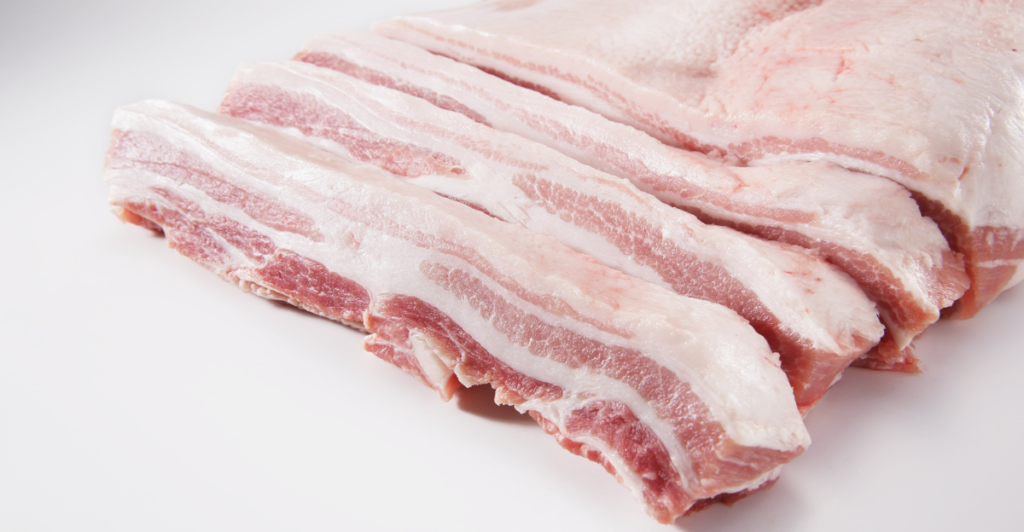
With the U.S. out of the way, Spain and Brazil quickly filled the gap in China’s pork supply. Thanks to newly signed fast-track clearance deals with Chinese officials, both countries were able to ramp up exports almost overnight. In April alone, Brazilian pork shipments to China rose by 28%, while Spain saw a 23% year-over-year increase.
These countries took the opportunity to strengthen their trade ties with China, securing lucrative contracts and expanding their market share. Their quick response ensured that Chinese consumers experienced no disruption in their pork supply despite the absence of U.S. pork. American producers watched their share of the world’s largest pork market shrink dramatically.
A $1.1 Billion Market Shift

This rejection gave Spain and Brazil a significant portion of China’s pork import market of $1.1 billion. Within a matter of weeks, their combined share of Chinese pork imports skyrocketed to nearly 50%, while the U.S. share dropped from 33% to just 19%.
This change was not a temporary adjustment; it signaled a long-term realignment in the global pork trade. Chinese importers were impressed by the reliability and speed of Spanish and Brazilian suppliers and quickly began negotiating longer-term contracts. This just shows how quickly global supply chains can adapt and how vulnerable even established exporters are to sudden policy changes.
Behind the Scenes-Silent Barriers

Though China never officially banned U.S. pork, American producers have reportedly faced increased scrutiny at Chinese ports. Shipments suddenly faced unexplained delays, extended inspections, and new paperwork requirements. China also quietly updated its import protocols and demanded stricter biosafety standards and full supply chain transparency standards that some U.S. facilities couldn’t meet on such short notice.
These “silent barriers” filtered out U.S. pork without triggering World Trade Organization complaints. This strategy allowed China to protect its domestic market and consumer interests while avoiding the diplomatic backlash that could come with an outright ban, further illustrating its sophisticated use of regulatory tools in international trade disputes.
Broader Trade Implications
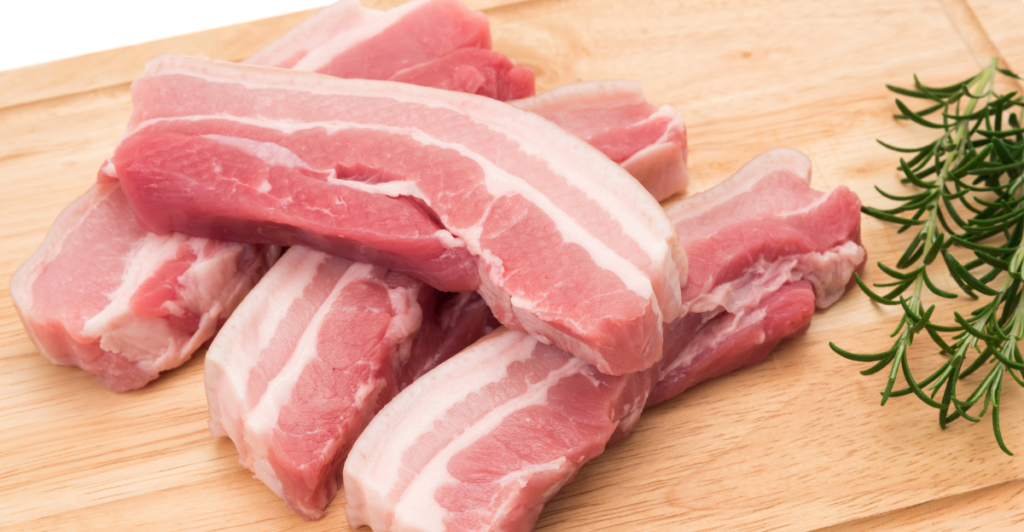
The rejection of U.S. pork warned all U.S. exporters that China’s market is no longer guaranteed. If China can remove American pork from its supply chain, it can do the same with other commodities like soybeans, corn, or even high-tech goods.
This situation shows the risks of overreliance on a single export market and highlights the importance of supply chain resilience and diversification. Trade experts advised U.S. industries to diversify their markets and prioritize innovation. They warned that China’s growing economic influence means that more sectors could face similar disruptions in the future.
U.S. Responses and Dilemmas
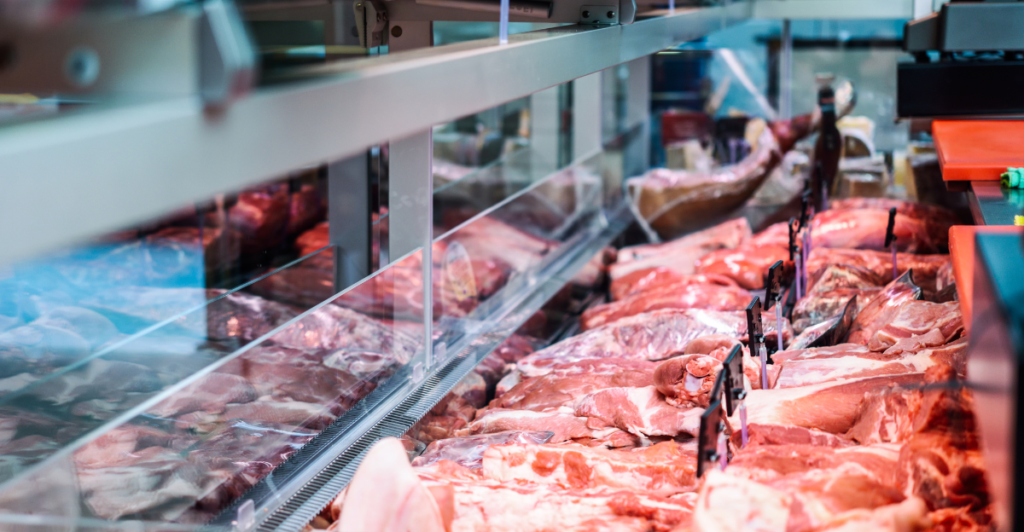
After China’s rejection, U.S. pork producers and policymakers faced tough decisions. Some advocated for urgent investment in new export markets, while others stressed the need to restore diplomatic ties with China. Industry leaders turned to Congress for support, warning that prolonged access issues could devastate rural economies.
At the same time, some analysts called for a broader strategic rethink, urging the U.S. to reduce its reliance on any one country. The incident ignited debates about the future of American agriculture, with many people agreeing that adaptability, innovation, and proactive diplomacy are essential to navigating an increasingly unpredictable global trade environment.
The Road Ahead

China’s rejection of U.S. pork and its rapid shift to suppliers like Spain and Brazil marked a turning point in global trade. This incident shows how economic leverage can be used as a tool of geopolitical strategy, reshaping markets almost overnight.
For U.S. farmers, exporters, and policymakers, the message was clear: future success depends on flexibility, strategic planning, and navigating complex international relationships. As global supply chains become more dynamic and unpredictable, those who can anticipate change and respond quickly will be best positioned to thrive in the new era of international commerce.
Discover more trending stories and Follow us to keep inspiration flowing to your feed!

Craving more home and lifestyle inspiration? Hit Follow to keep the creativity flowing, and let us know your thoughts in the comments below!
